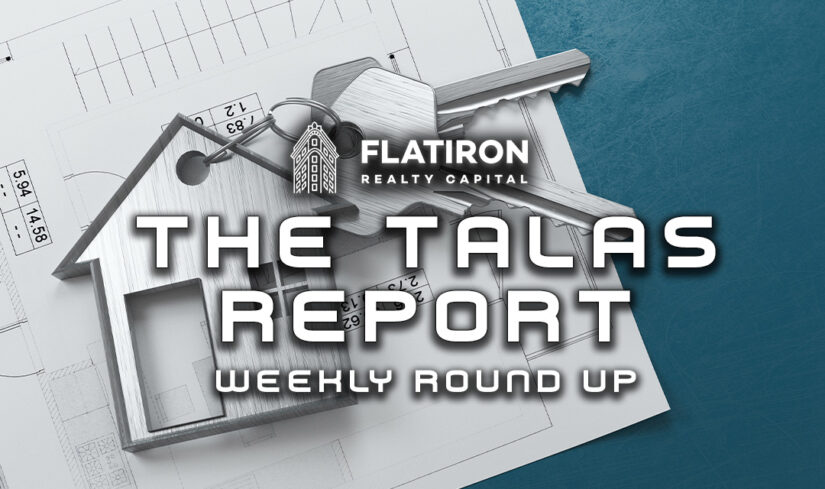
Written by Robert Talas, Owner of The Talas Report Blog
As Robert Talas, owner of a blog focused on real estate and market industry news, I’m eager to share my insights in this week’s roundup. Let’s dive into the latest developments and my key takeaways from each.
1. Morningstar, Reuters, Forextv: S&P 500 Futures and Market Volatility
Summary: The stock market is showing bullish trends, with S&P 500 futures nearing record levels. The Dow industrials are set for a record-setting session, though significant options expirations, including a large number linked to S&P 500 contracts, could lead to market volatility.
- Takeaway 1: The record levels of S&P 500 futures indicate strong investor confidence and a positive market outlook.
- Takeaway 2: The large volume of options expiring may introduce short-term volatility, underscoring the importance of strategic market positioning.
2. HousingWire: Job Growth and Housing Demand
Summary: NAR Chief Economist Lawrence Yun anticipates a rebound in home sales in 2024, fueled by lower mortgage rates. Despite recent challenges for homebuyers, homeowners have benefited from consistent home price appreciation. The Federal Open Markets Committee (FOMC) plans to maintain its short-term policy interest rate, with three rate cuts expected in 2024, potentially bringing mortgage rates down to an average of 6.3%. Yun emphasizes the significant role of job growth in driving long-term housing demand.
- Takeaway 1: Predicted mortgage rate reductions in 2024 could invigorate the housing market, offering a potentially favorable period for buyers.
- Takeaway 2: Job growth will be a critical factor influencing long-term housing demand, highlighting the vital role of a strong employment market.
3. National Mortgage News: The Federal Reserve’s Impact on Lenders
Summary: The Federal Reserve’s announcement to lower short-term rates in 2024 has brought relief to mortgage lenders. However, the long-term rates, to which most home loans are tied, may not decrease as significantly. The Fed’s policies are expected to stabilize and gradually lower rates, but the extent of this impact is still uncertain. The average 30-year mortgage rate is currently around 6.95%, but a further drop is needed to trigger significant refinancing activity.
- Takeaway 1: The Fed’s short-term rate reductions could lead to more stable and potentially lower long-term mortgage rates.
- Takeaway 2: A substantial drop in mortgage rates is required to stimulate notable refinancing activity, reflecting cautious optimism in the lending market.
4. Bisnow: Commercial Real Estate Risks
Summary: The Financial Stability Oversight Council (FSOC) has identified commercial real estate (CRE) as a major risk to the U.S. financial system. With a significant volume of $6 trillion in CRE loans maturing soon, many banks are exposed to high risks. Loan losses in the CRE sector could ripple through the broader financial system, impacting property values and credit availability.
- Takeaway 1: The upcoming maturity of a large volume of CRE loans poses serious risks to banks and the broader financial system.
- Takeaway 2: The challenges in the CRE sector underscore the interconnectedness of real estate markets with the overall economy, emphasizing the need for vigilant risk management.
These insights provide a multifaceted perspective on the current state of the real estate and financial markets. I am committed to offering thorough analysis to help navigate these dynamic sectors.